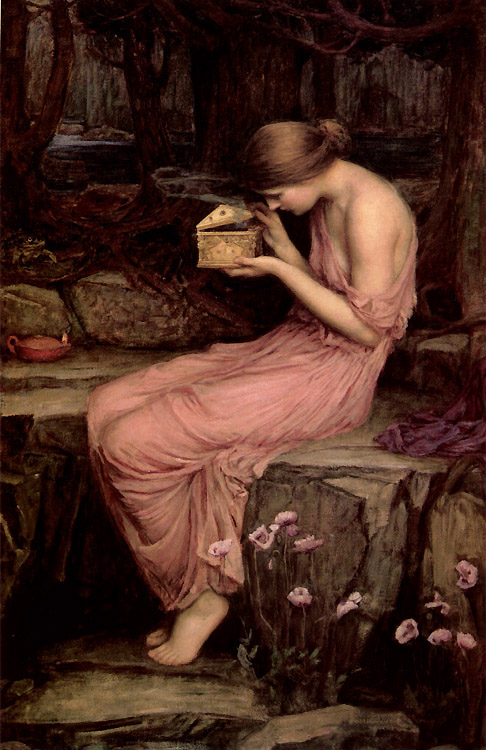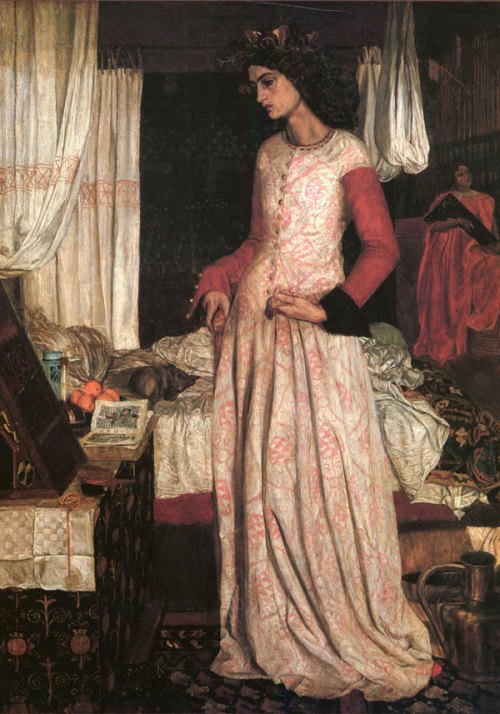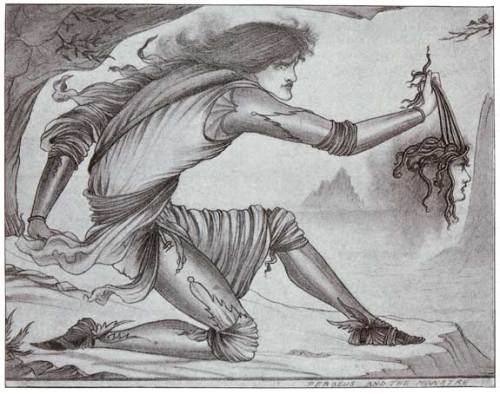Having wandered into the forest, I had sufficiently lost sight of my origins to encounter a strange man who did not seem to be of this place or time. After saluting me with one raised hand, he then grabbed me by the lapel of my tweed frock coat and began to recite the tale of Cupid and Psyche from memory: “Psyche teneris et herbosis locis in ipso toro roscidi…” * None of which was of much use to me as my Latin is limited to a few inaccurate aphorisms from Cicero, half-remembered catechisms, and assorted classical history references (veni, vidi, vici, etc). Sensing my difficulty, Bulfinch (for that was the man’s name) then switched to his native New England dialect and began the tale of Psyche, a lady who as we all know, had the misfortune of vexing Venus.
Psyche and Cupid

Cupid Delivering Psyche by Eward Burne-Jones
The aforementioned Psyche had been gifted with a great misfortune–possessing great beauty, a beauty so great that no poet knew of any language on this world with words to describe it satisfactorily.
Psyche became so renowned for her beauty that the temples of the Goddess of Beauty herself were soon neglected; and this evoked the ire of that goddess. So Venus asked her son Cupid to place a curse on Psyche by pouring water from her bitter fountains of Love on her mortal lips.
Cupid was, as usual, invisible as he leaned over Psyche in obedience to his mother’s instructions. But as he did so, she suddenly woke and opened her eyes, appearing to look directly into his. This so startled Cupid that he accidentally pricked himself with one of his own arrows; and so it was that the son of the goddess fell in love with the most beautiful of mortal maidens. In his love, he spared her the full bitterness of Venus’ punishment by pouring sweet water from his mother’s other fountain on her golden locks.
Alas, the bitter water had had its effect. Despite her beauty, Psyche remained unmarried. No man in the kingdom dared posses this most beautiful of women. At Cupid’s request, Apollo sent an oracle to Psyche’s father, instructing him to prepare his daughter for marriage.
Her father, the King, asked the Oracle about the fate of his daughter. The Oracle revealed that their most beautiful daughter was destined to marry a monster. The king was to send Psyche to a desolate mountain, where an ugly monster would meet her and take her for his wife. The king and his queen were distraught and thought to shield their daughter from this fate, but were fearful of angering the gods. Broken-hearted, Psyche’s father obeyed.
But Psyche very bravely understood that she had somehow incurred the wrath of the goddess. Standing bravely alone on a rock, she awaited her fate when a warm and gentle wind began to stir. Cupid had sent Zephyr, the West Wind, to bring his beloved out of her country and into his palace. There he bestowed upon her everything a princess could desire, except one thing: She must never look upon him. Each night she slept with her new husband, not knowing who he was or what he looked like.
Psyche’s life would get somewhat more complicated after that, including a trip to Hell wherein she places a bit of Proserpine’s beauty into a box. She had opened the box to borrow some of this beauty only to find it empty and fell into a deep sleep, for the only contents of the box were, in fact, Sleep.

"Psyche Opening the Golden Box" by John William Waterhouse
Indeed, this particular damsel needed some additional saving after her initial one. I said as much to Bulfinch, who agreed. So he made up for this imperfection by telling me another story.
(to be continued)
* Apuleius, Metamorphoses, Book V (1)
Image Credits: Victorian and Pre-raphaelite Art Prints











